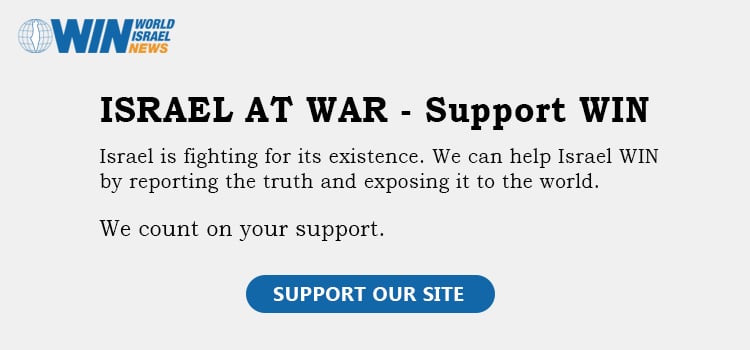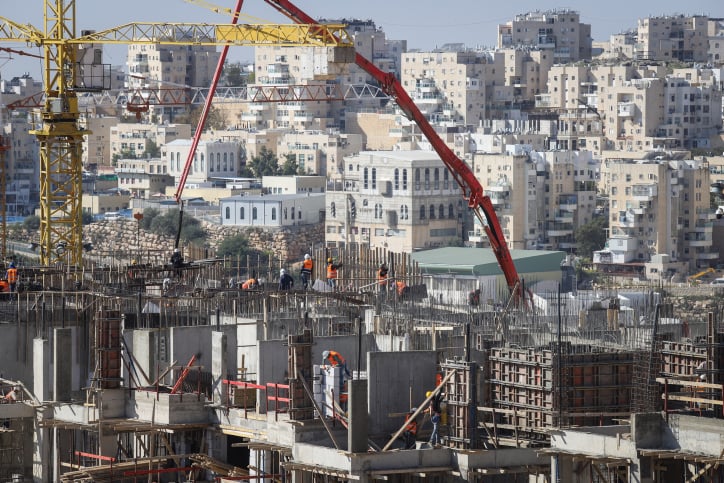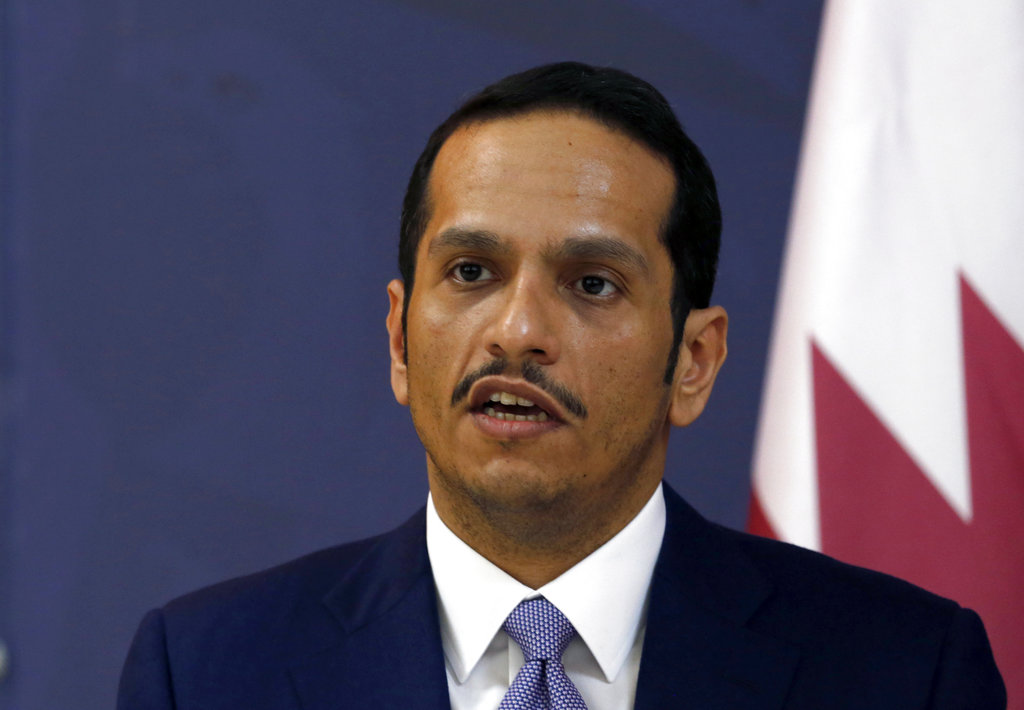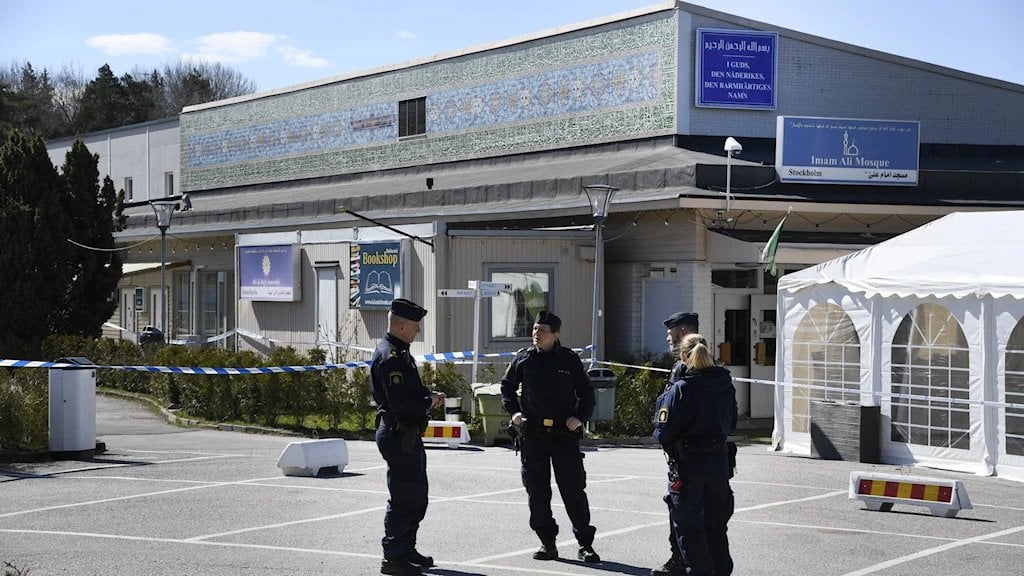ARTICLE AD BOX
Hezbollah has worked hard, with Iranian backing, to maintain leverage within Lebanese military intelligence in the south of the country, where it has long ensured sympathetic (Shi’ite) officers cooperate with it.
By Yaakov Lappin, JNS
A recently reported intelligence breach by Lebanese Armed Forces’ head of military intelligence for Southern Lebanon has intensified concerns over Hezbollah’s infiltration of Lebanon’s security structures.
According to a Feb. 2 report by The London Times, Suhil Bahij Gharb provided Hezbollah with classified data from a security control room operated jointly by the United States, France and the United Nations Interim Force in Lebanon (UNIFIL).
This unauthorized disclosure reportedly enabled Hezbollah to receive advance warnings about Israeli military operations, allowing the terrorist organization to conceal weapons and evade detection.
On Jan. 26, the day Israel was originally scheduled to pull its military forces out of southern Lebanon, marking a 60-day test period for the Israel-Hezbollah ceasefire, Jerusalem announced that it would keep some of its troops in the country until Feb. 18.
The inability of the LAF to deploy and act decisively against Hezbollah was the key factor behind Israel’s decision.
Israel Defense Forces Brig. Gen. (res.) Yossi Kuperwasser, former head of the Research and Assessment Division of Israel’s Military Intelligence and a senior research fellow at the Misgav Institute for National Security and Zionist Strategy, told JNS on Monday that Hezbollah’s ability to manipulate the LAF has weakened considerably over the past year due to the damage it absorbed in the war against Israel.
However, he cautioned that despite this decline, Hezbollah retains influence and ties within Lebanon, including Lebanon’s government structures and military.
The Lebanese Shi’ite terror organization has worked hard, with Iranian backing, to maintain leverage within Lebanese military intelligence in the south of the country, where it has long ensured sympathetic (Shi’ite) officers cooperate with it, said Kuperwasser.
It thus comes as no surprise that the head of the LAF intelligence for Southern Lebanon stands accused of aiding Hezbollah, he added.
Addressing the issue requires American intervention, according to Kuperwasser.
“A thorough analysis should be conducted, and the Americans should be approached to replace compromised personnel [in the LAF] with individuals who can be trusted,” he said.
Overall, he continued, while the LAF is moving slower and less effectively than Israel would like, its deployment is nevertheless “moving forward, slowly.”
However, he expressed skepticism regarding the LAF’s ability to keep Hezbollah out of Southern Lebanon, adding, “This is why there is an arrangement between Israel and the United States according to which if Israel identifies a lack of action by the LAF in this context, Israel will handle these matters on its own. This is the big difference between the reality that existed on the ground before this war, and the reality that should be taking shape from now on.”
According to IDF Col. (res.) Barak Ben-Zur, a former Military Intelligence officer and ex-head of the Israel Security Agency (Shin Bet) Research Unit, “Lebanon has maintained a delicate sectarian balance since its founding, shaped by ongoing internal conflicts dating back to the mid-19th century.”
He described how Hezbollah’s dominance in Lebanon was significantly reinforced by its close ties with Syria and Iran. “Hezbollah played a central role in suppressing internal uprisings in Syria, further solidifying its power within Lebanon,” he said.
However, Ben-Zur outlined a shifting regional dynamic that could impact Hezbollah’s standing.
The combination of the blows absorbed by Hezbollah from Israel over the past year, and the emergence of a “New Syria” under Ahmed al-Sharaa, who is currently engaging with Saudi Crown Prince Mohammed bin Salman, signals a possible decline in Hezbollah’s regional influence, he assessed.
He argued that if Israel integrates itself into a U.S.-Saudi regional defense pact, this could eventually extend to Lebanon and Syria, this could prevent the transfer of arms to Hezbollah via Syria, and signal the emergence of a new balance of power in the Syria–Lebanon–Israel triangle.
Meanwhile, the IDF has maintained its truce enforcement operations in southern Lebanon.
On Feb. 3, the IDF Spokesperson announced that Israeli troops were continuing with sweeps in Southern Lebanon “to remove threats in the area and dismantle Hezbollah terrorist infrastructure.”
“During one of the sweeps, troops from the 769th Brigade located several weapons storage facilities containing mortar shells, missiles, rockets, explosives, firearms, and a large amount of military equipment. All weapons were confiscated, and the storage facilities were dismantled,” said the military.
“In another activity, the soldiers eliminated several Hezbollah terrorists in the area, and distanced and detained suspects who posed a threat to the troops. The IDF is committed to continue operating in accordance with the understandings between Israel and Lebanon and will act to remove any threat to the State of Israel and its citizens,” the statement concluded.
On Jan. 28, the IDF Spokesperson’s Unit reported that troops from the Northern Command were continuing efforts to dismantle Hezbollah’s terrorist infrastructure in Southern Lebanon. In one confrontation, IDF forces identified a Hezbollah vehicle approaching troops. “Perceiving an imminent threat, our forces acted to neutralize it,” the statement read.

 2 hours ago
3
2 hours ago
3









 English (US) ·
English (US) ·